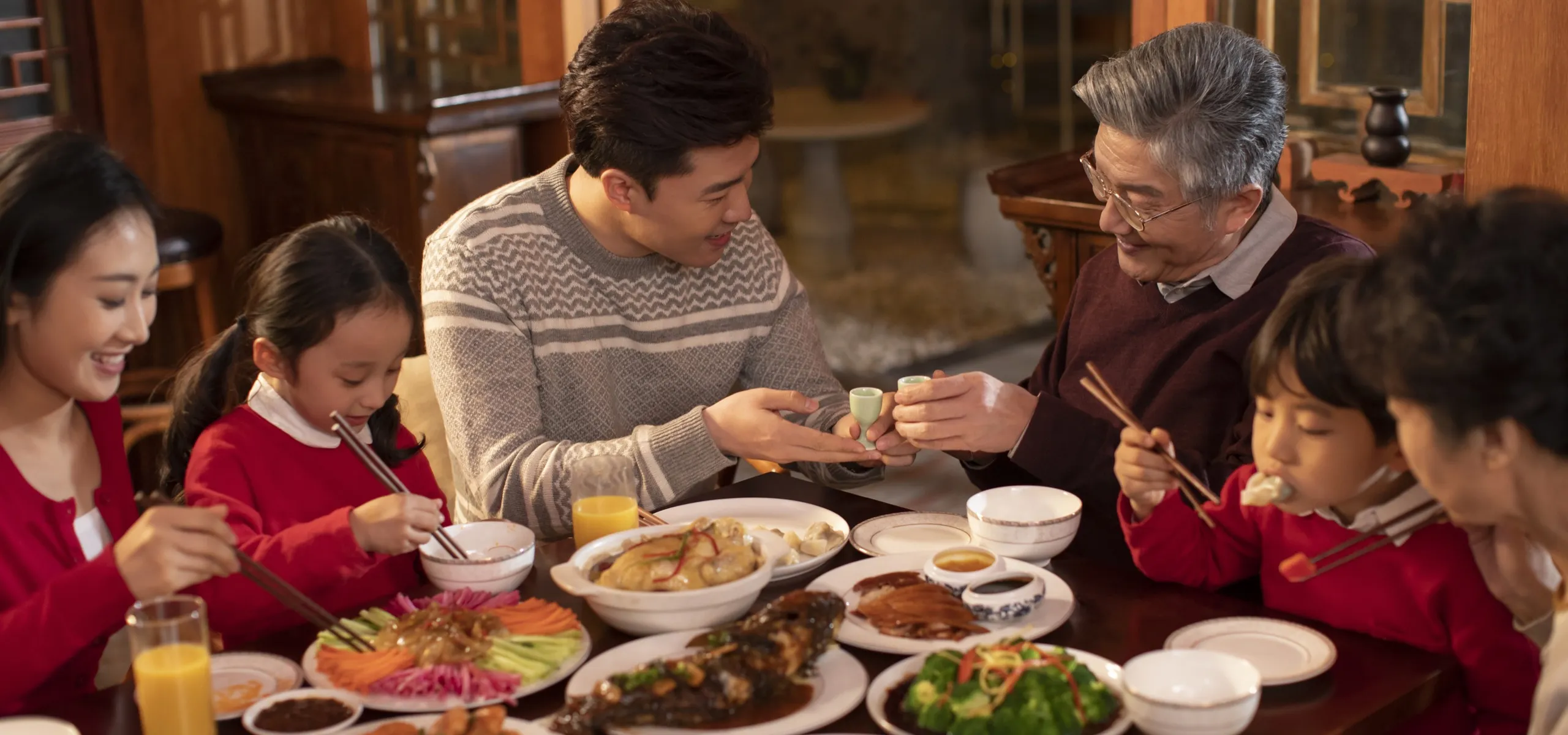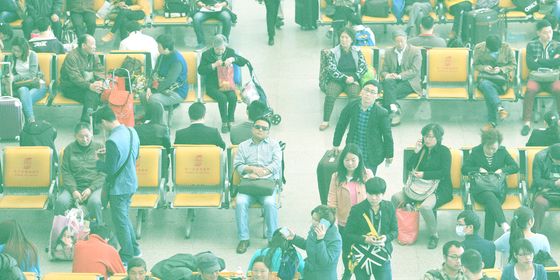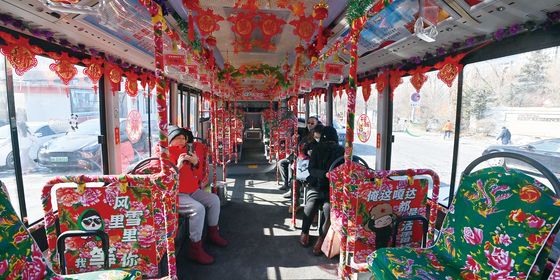Many Chinese New Year traditions revolve around a family dinner, but what’s on the table varies greatly from region to region
Returning to one’s hometown is a time-honored tradition during China‘s Lunar New Year, but for much of the country‘s 1.4 billion people, that’s where the similarities end.
Various parts of China will observe their own rituals and celebrations for the Spring Festival (春节) season, and eat their own specialty foods (many of which are not dumplings). Even the famous family reunion dinner, often known as “New Year‘s Eve dinner (年夜饭),“ is not exempt, as some regions have their big family meal at noon on New Year‘s Day instead, and what‘s found on the table can also vary widely from place to place.
On the tropical Hainan island where rice is harvested three times a year, locals create rice dishes from coconut rice to chicken rice. Unsurprisingly, their New Year delicacy is called ”rice wrapped in vegetables (海南菜包饭)” made with fresh canola seeds, shrimp garlic sauce, and a spoonful of rice wrapped up in a canola leaf in one’s palm. This delicacy is a nutritious treasure bowl, as the rice is fried with over 10 ingredients including squid, sausage, pork, leek, garlic, string beans, and peanuts, symbolizing a prosperous new year.
In Guangdong province by the South China Sea, people regard seafood as a lucky charm. As the word for ”shrimp (虾)” in Cantonese sounds similar to the sound of laughter, scalded prawns (广东白灼虾) are said to bring more joy to everyday life. Steamed scallops with garlic and vermicelli (蒜蓉粉丝蒸扇贝) is also a popular dish, as the rising steam is believed to bring good things aplenty in the coming year.













